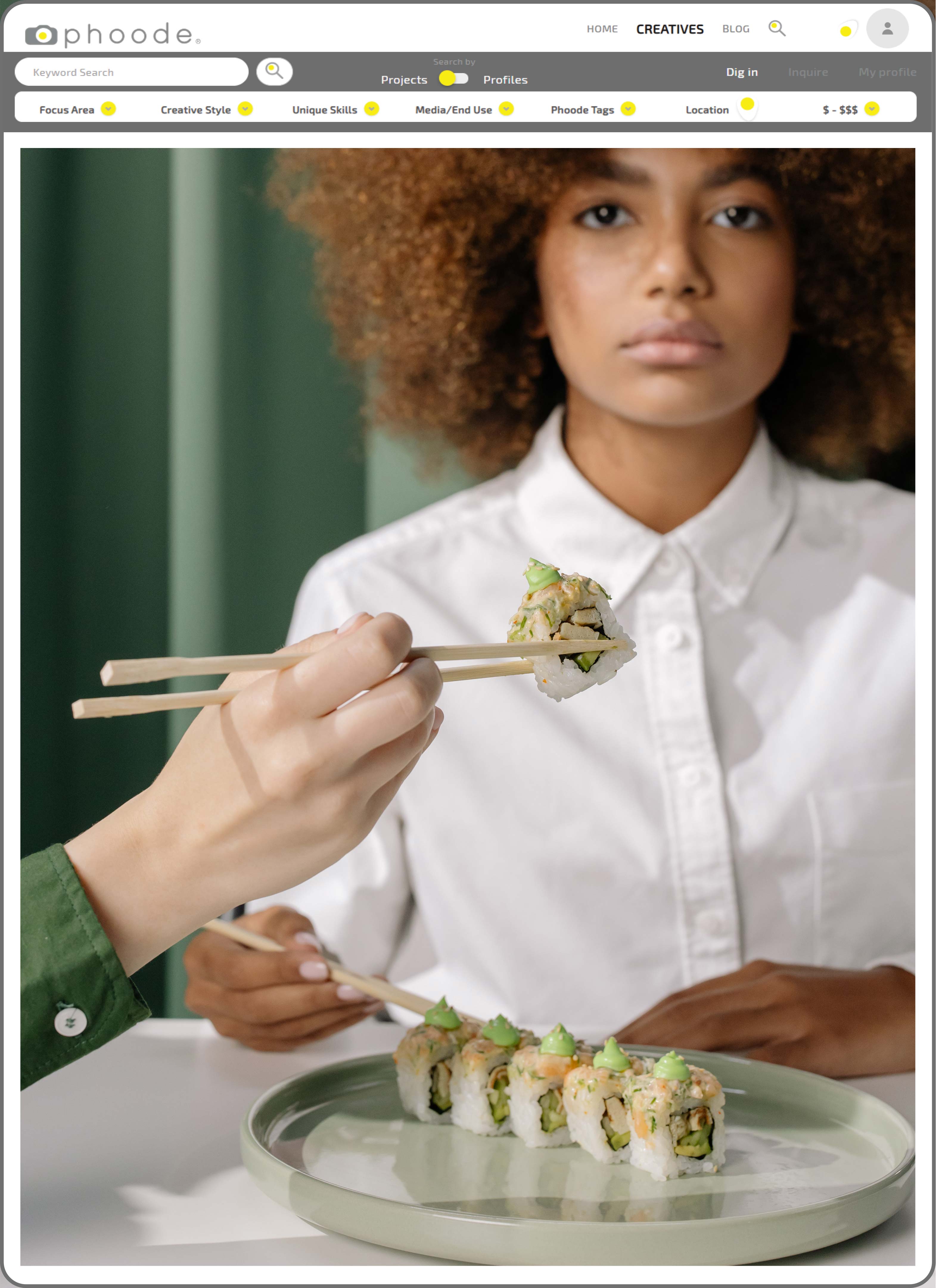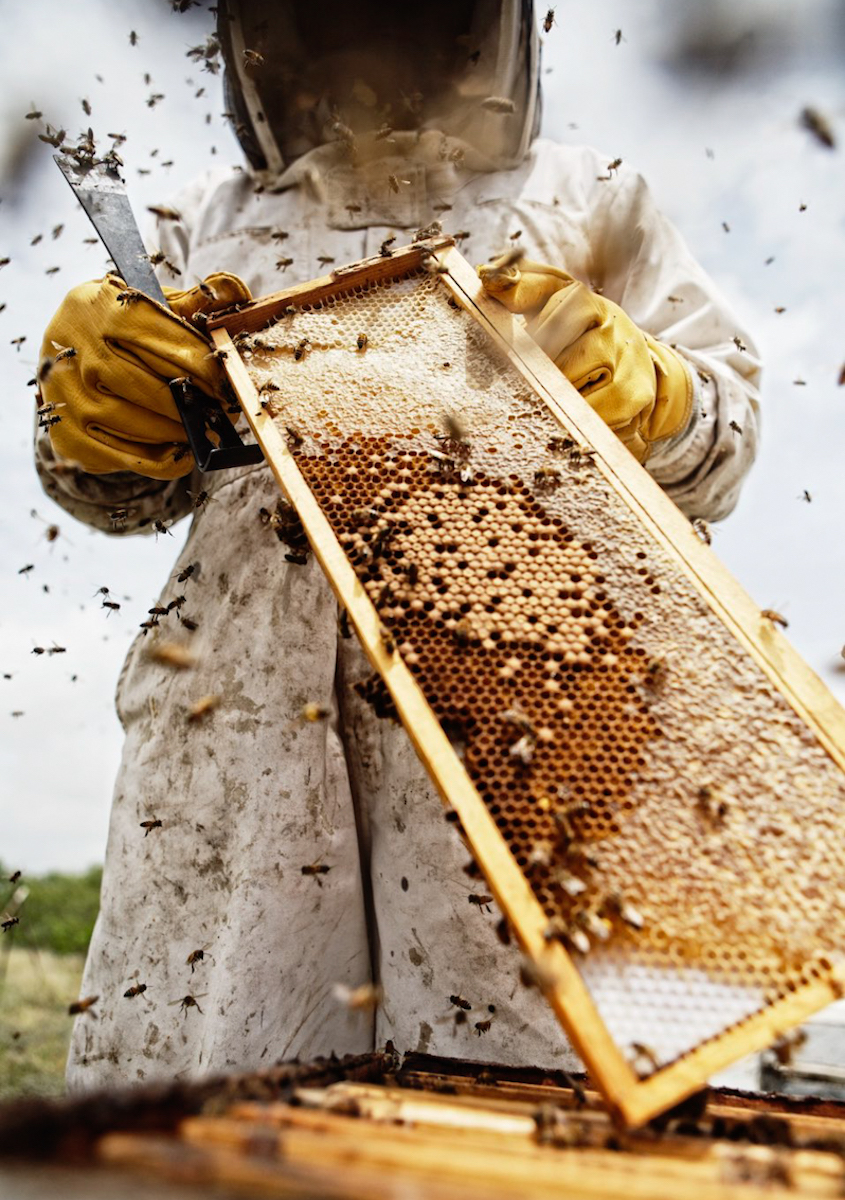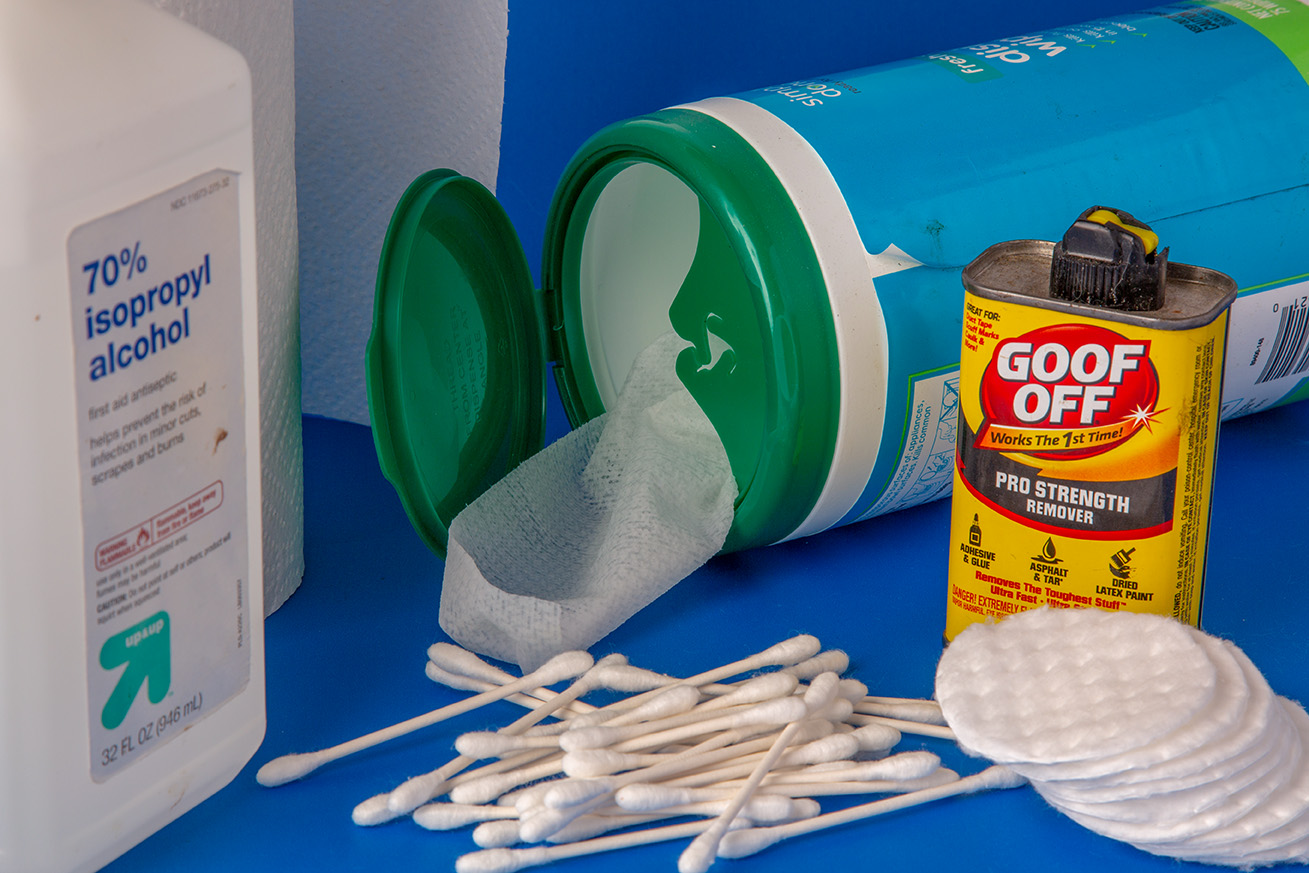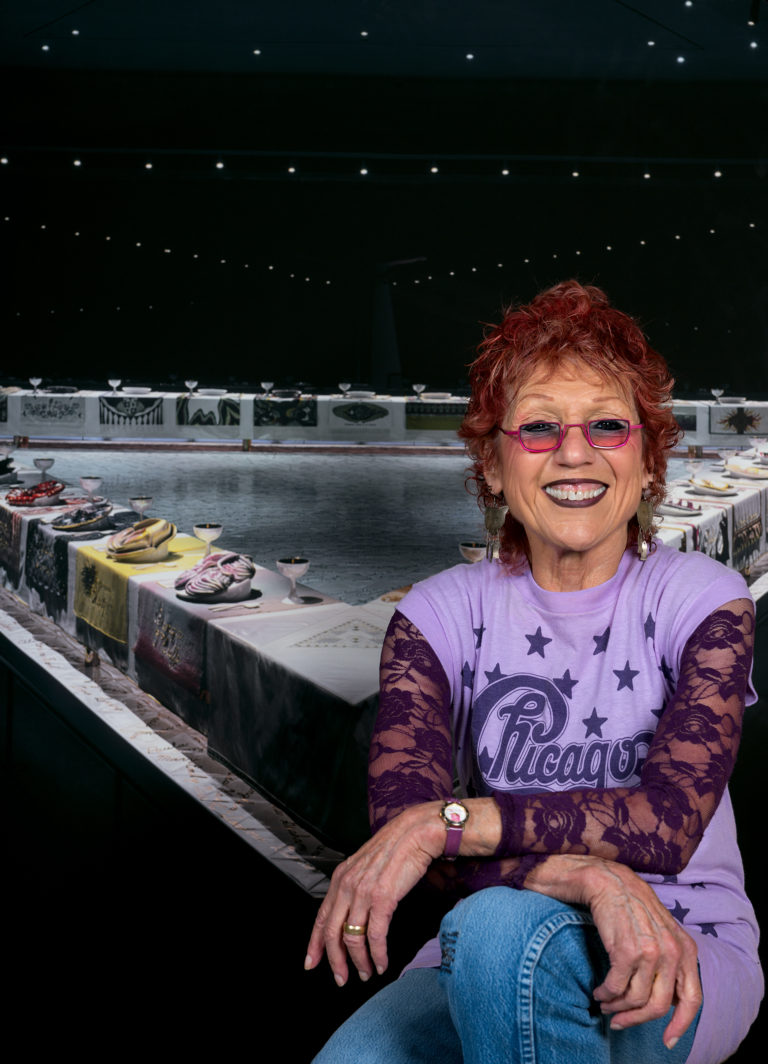Helpful tips when hiring a restaurant food photographer
Diners are drawn to restaurants that advertise with beautiful, appetizing photos. Finding a good restaurant food photographer isn’t easy. There are lots of folks with nice cameras out there that are willing to show up and shoot for the going rate of $60. Choosing the best photographer is a decision based on judgment of the individual and the individual’s portfolio.
If you’re a restaurateur, then you know about hiring employees. They come in all shapes and sizes. What you’re looking for in a photographer is no different. You want someone who’s a team player (no divas), someone with whom you can communicate, and someone whom you deem reliable. If they pass the first hurdle, then have a peek at their work product. It’s all in the pixels.
Use these three criteria to judge a food photography portfolio:
Color balance
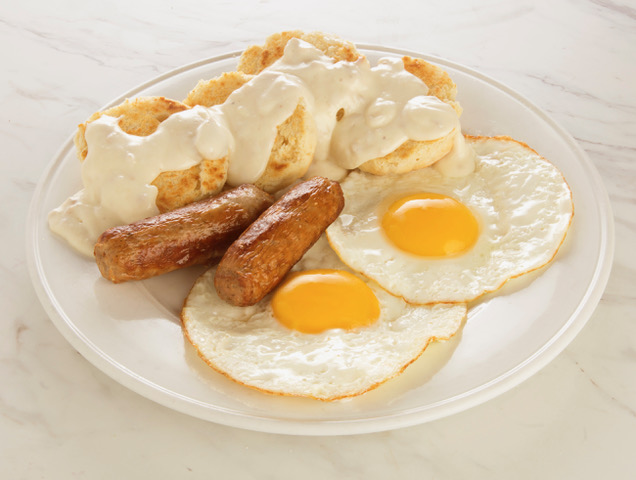
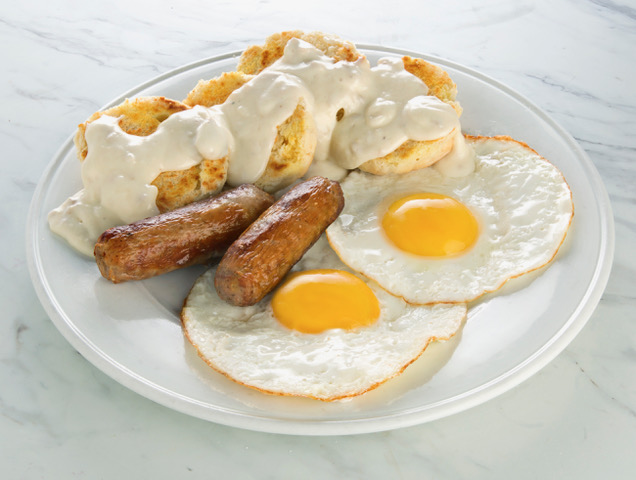
Color balance is a fancy way of saying that the colors in the photo match up to reality. Yolks are yellow, egg whites are white (not yellowish), peas are green (not blue/yellow green). You get the idea. Actually it takes skill to get colors right. The trouble stems from the restaurant lighting. It’s the restaurant food photographer’s job to craft the look of the light, either at the restaurant, or later in Photoshop.
Composition
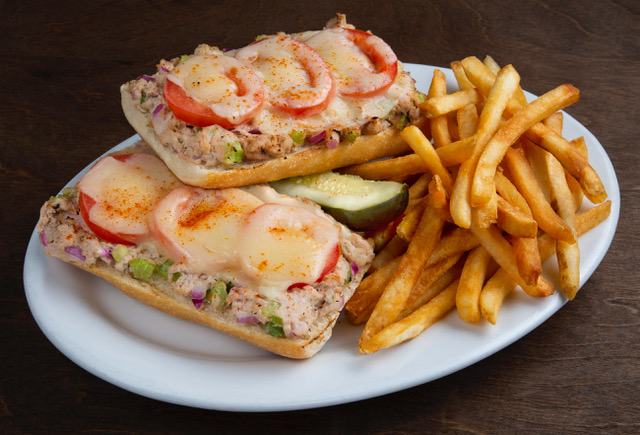
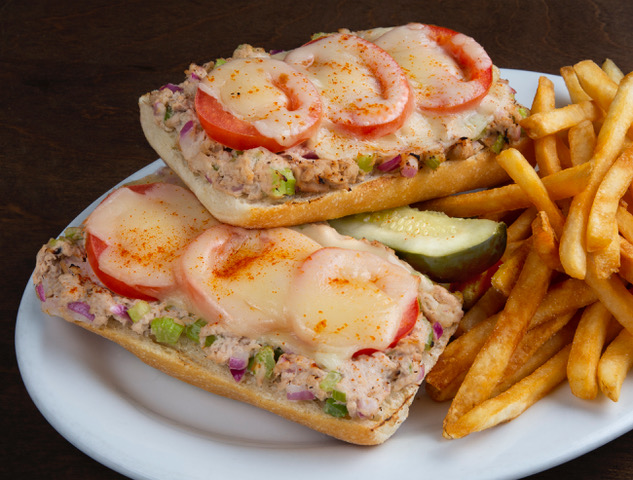
Composition is used to fill a rectangle so that the eye naturally gravitates to the important subject, in this case, probably the food. Make sure that on first glance the images highlight the food. Often restaurant images need to also highlight the dining ambiance. But, these days we’re talking about take-out. The food has got to be the star. After Covid, post the room shots.
Lighting
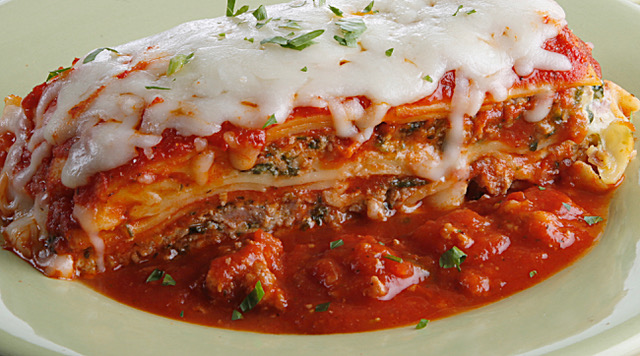
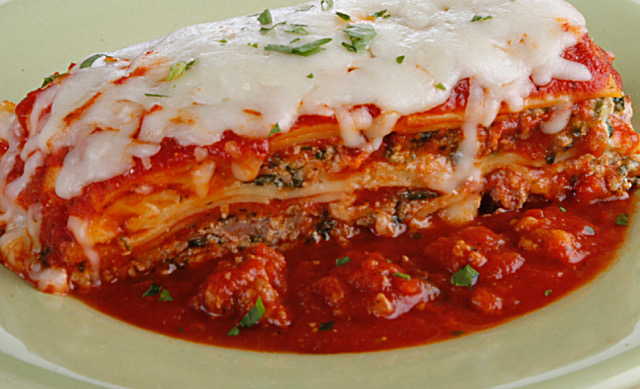
This one’s tricky because if it’s well done, it’s not an issue. Restaurant lighting is often harsh. Restaurants often shine lights from multiple directions, causing multiple shadows, and creating contrast which is impossible to capture on any camera. That’s the definition of “harsh lighting”. It’s the restaurant food photographer’s job to mitigate these crazy circumstances. There are lots of techniques that can do the job. Here are a couple: 1) bring lights that over-power the restaurant lights, thereby creating one’s own lighting, 2) tent the subject matter with a diffuse material to soften the existing light. So, look for lighting that doesn’t produce huge black shadows or large blown-out, bright areas without texture.
And let’s not forget:
You, the restaurant guy, need to prepare the following:
1) Confer with your chef. Include him on the team. Make sure the food is plated with emphasis on your most important ingredients. Ask the chef to prepare extra portions of each dish. That way the photographer can style with these extras. Ask the chef to be on-site during the shoot.
2) Set aside an area of the restaurant that’s big enough to accommodate extra photographic lights, tents, tripods, etc. Be sure to get those requirements way ahead of time. You may have to schedule the shoot when you’re closed.






